By Kristen Kelly, CNLP, Hicks Landscape Designer
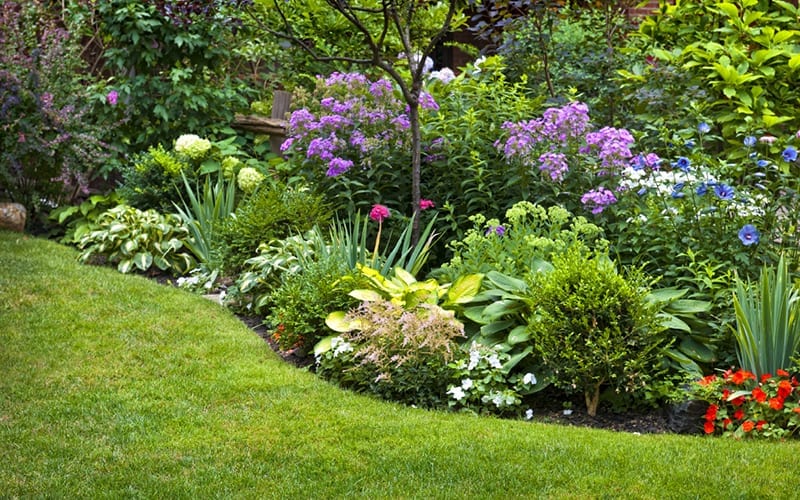
Summer is in full swing and now is the time to freshen up your garden beds. By completing a few simple tasks now, your garden will continue to thrive well into fall. From weeding to fertilization, deadheading, mulch and pruning, here are six quick summer essential tips for the garden.
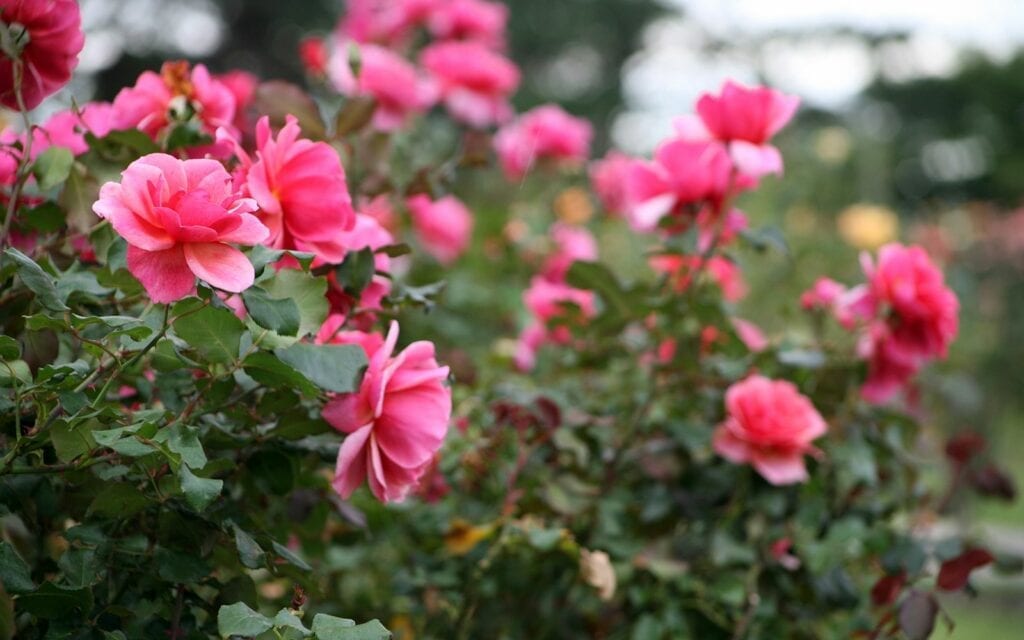
Replenish Your Soil
It is recommended that plants be fertilized twice a year, in spring and again in fall when they are actively growing. However, there are always exceptions to the rule. Roses benefit from regular monthly feedings. Summer is also the perfect time to fertilize more recently planted annuals and vegetables to keep them looking their best for the remainder of the season.
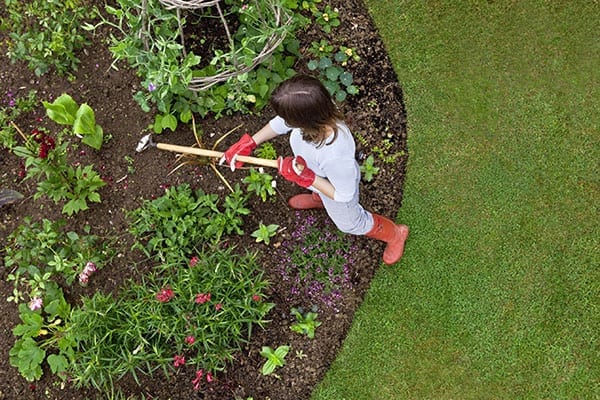
Garden Weeds
Like all plants, weeds have enjoyed the warm weather and rainfall and may have put on so much growth they’ve become indistinguishable from your desired plants. Besides being unsightly, weeds take up nutrients and moisture from the soil putting undue stress on nearby plants. Remove them now before they go to seed. The common weed can produce anywhere from thousands to hundreds of thousands of seeds in a growing season. That’s a lot of weeding you won’t have to do next year.
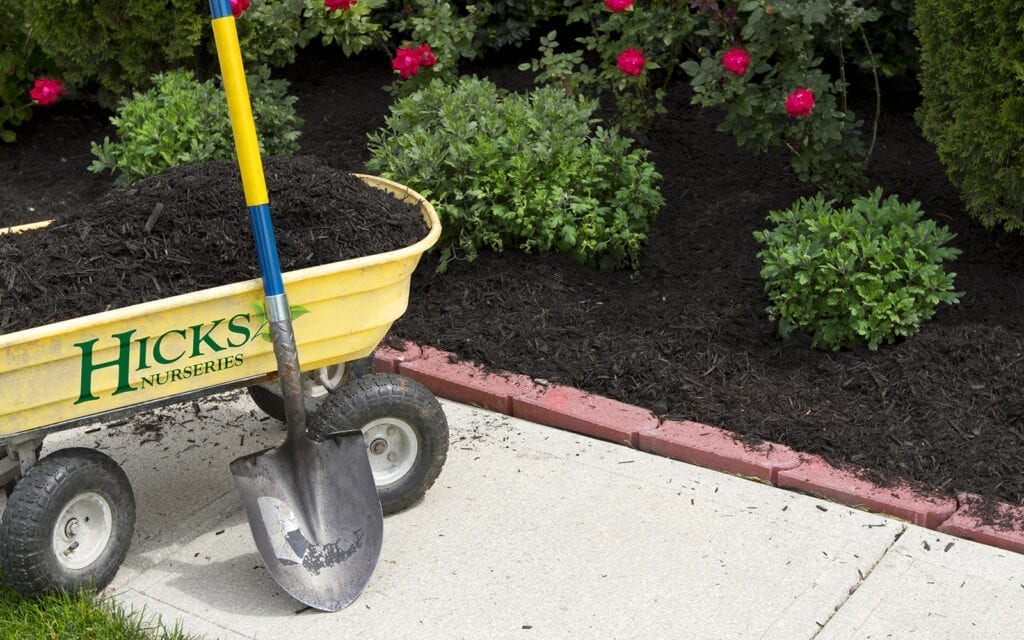
Mulch
Mid-summer is often when we notice our mulch is looking a little thin. Mulch can wash away and naturally decomposes. It should be replenished as needed. Mulch helps to insulate soil from the heat and retain much needed moisture for plants. In addition to making your garden look neat and refreshed, mulch also helps prevent future weeds from emerging. Summer is a perfect time to mulch areas that look particularly bare.
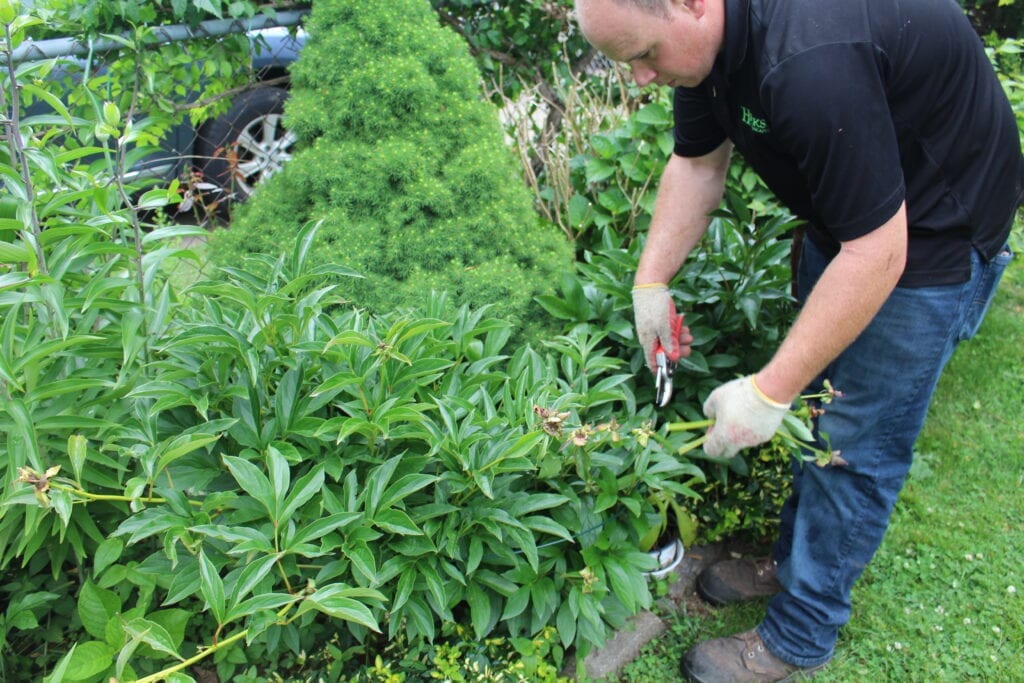
Future Flowers
Removing spent flowers from re-blooming plants like daylily and roses allows the plant to put its energy toward producing a second flush of blooms later in the season. You can deadhead plants by simply pinching off spent flowers with your fingers or snipping them off with small garden scissors being careful not to remove any new buds. In some cases, as with salvia and nepeta you may even want to give the plant a light shearing. Deadheading flowers will also help prevent plants from self-seeding into unwanted areas. Take this opportunity to tie up and re-stake any tall or top-heavy perennials like coneflower and liatris.
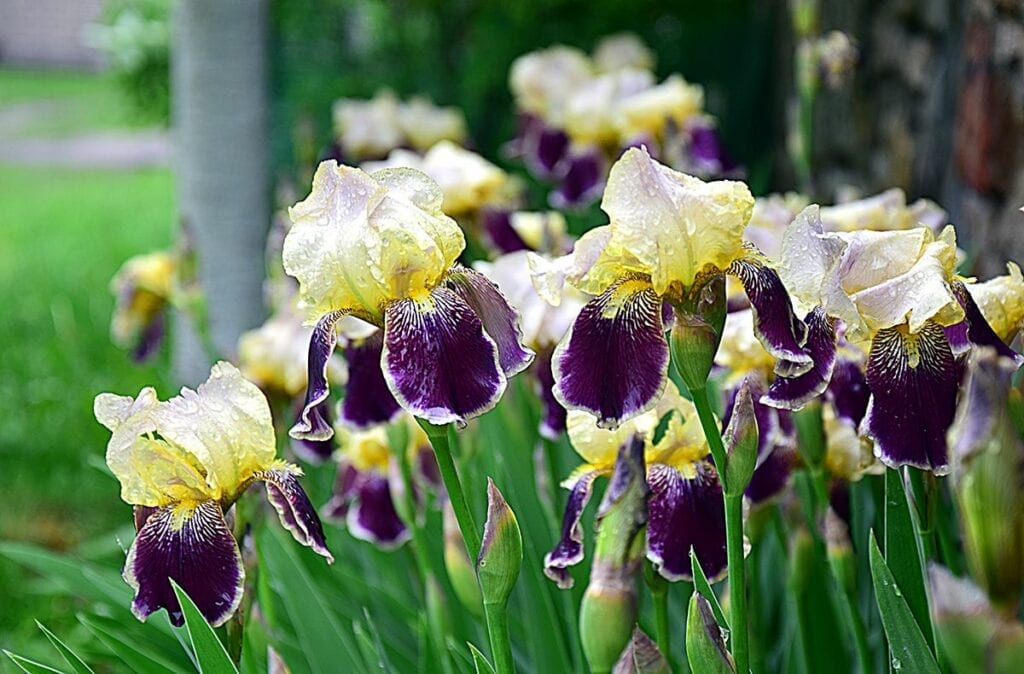
Trim your Beard
Most flowering perennials should be divided in spring and fall with the exception of tall bearded iris, which should be divided in summer when they are dormant. To divide your irises, start by digging out the clump with a flat shovel or spade. Gently separate rhizomes into individual plants and remove any damaged leaves. Cut back remaining foliage to 4-6”. To replant, dig a shallow hole with a small mound of soil at the base to lay out the Iris bulb and roots. Replace the soil being careful not to plant too low and water.

A Little Help from Your Friends…
As much as we all love the satisfaction of pulling weeds – sometimes you need a little help. Hicks Landscapes provides all of the above-mentioned maintenance and so much more. We’re here to help with all of your landscape projects, from design to installation and beyond. Learn more.
